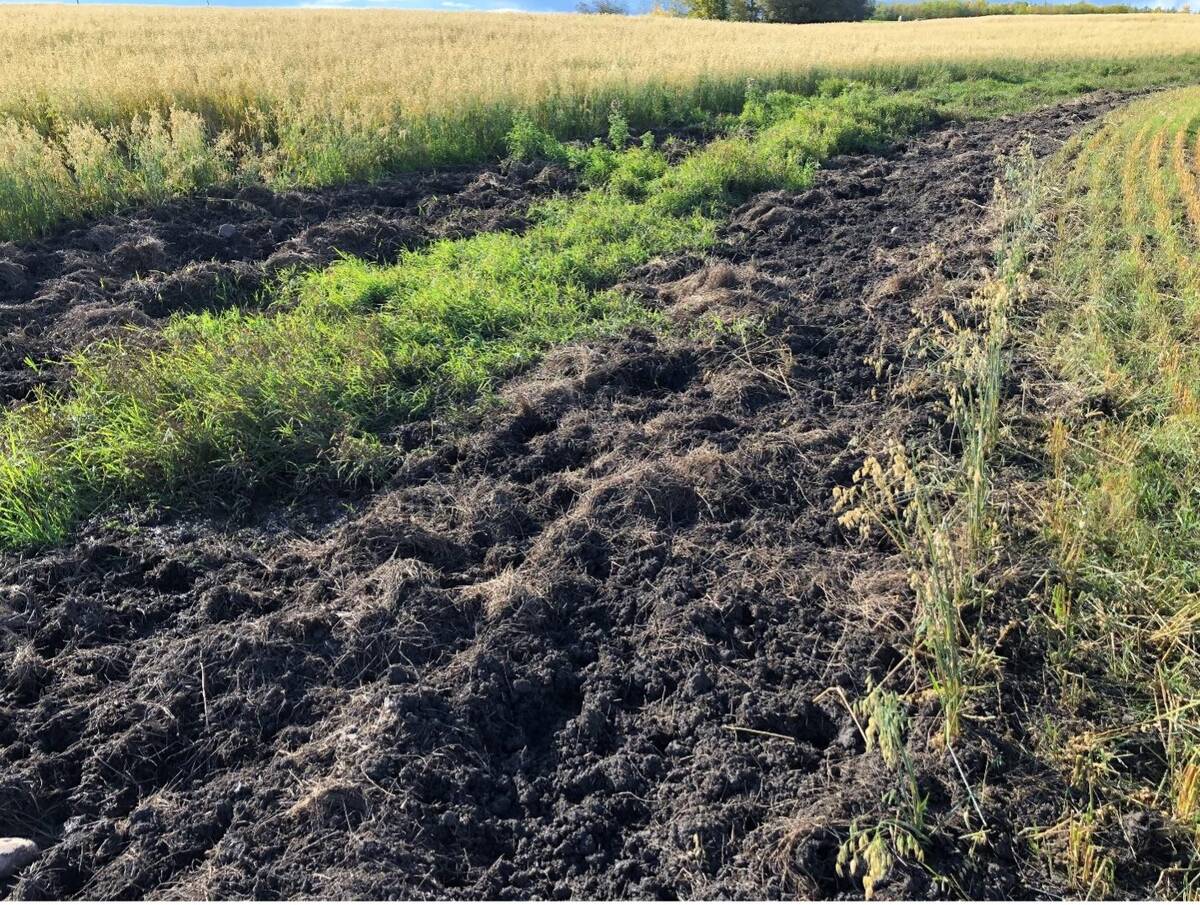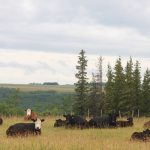NEW ORLEANS, La. — A small farmer-owned ethanol plant in northwestern Iowa has accomplished what many other companies have been unable to do.
Quad County Corn Processors broke new ground July 1, 2014, when it became the first ethanol plant in the United States to produce commercial volumes of cellulosic ethanol.
It has since produced three million gallons of the fuel, which is 97 percent of all U.S. cellulosic ethanol production.
The company was formed in 2000, and by 2002 it was shipping corn ethanol from its 18 million gallon facility, which over the years grew to a 35 million gallon plant.
Read Also

New wild pig website launches in Canada
A new website has joined the fight against invasive wild pigs in Canada, aiming to offer tools, information and resources to educate the public and offer them a way to report wild pig sightings.
The owners didn’t anticipate the rapid expansion in ethanol supply following the creation of the U.S. Renewable Fuel Standard in 2005, and the plant struggled to be profitable.
Chief executive officer Delayne Johnson said the company needed to find a way to make the business more profitable.
“We started a research and development facility in 2008 looking for ways to get more out of the same kernel of corn,” he told the recent Commodity Classic 2016 conference.
The result was Cellerate, a technology that converts corn kernel fibres into cellulosic ethanol.
Standard ethanol plants convert cornstarch into ethanol, and among the byproducts are valuable corn kernel fibres. Turning those fibres into ethanol allowed Quad County to increase its ethanol output by six percent.
“We’re just getting more out of the products we’re already purchasing and processing,” said Johnson.
“We’re making it more efficient. It takes us to another level of profitability.”
It was also able to double the amount of corn oil produced at the plant and increase the protein content of its distillers grain to 35 from 31 percent, although the feed ingredient does have slightly lower energy content.
The technology caught the eye of Syngenta, which is working with the Iowa firm to license the Cellerate system to ethanol plants in the United States and Canada.
Syngenta believes the technology is a good fit with its Enogen corn, a genetically modified variety that increases ethanol yields by up to three percent and decreases water, electricity and natural gas use.
“We see (Cellerate) as another step in making the whole industry more efficient,” said Jack Bernens, head of Enogen for Syngenta.
“We really saw a big opportunity to take a homegrown invention in the state of Iowa at a single ethanol plant and say, ‘we’ve really got something here.’ ”
Bernens said if starch-based ethanol is considered generation one and cellulosic ethanol made from corn stalks and cobs is generation two, then Cellerate is generation 1.5.
Johnson said a little more fine-tuning is required before the technology can be sold to other ethanol plants.
He said adding the Cellerate technology to all the cornstarch ethanol facilities in the U.S. would create an additional two billion gallons of ethanol on top of the 15 billion gallons already produced.
The initial plan is to focus on the U.S. market, but Johnson said the company wouldn’t refuse business from Canada.
“If somebody wanted to come down and look at our technology, we would definitely entertain that,” he said.
The company has tested the process only on corn, but Johnson believes it wouldn’t take much to verify that it would also work on wheat.
sean.pratt@producer.com














